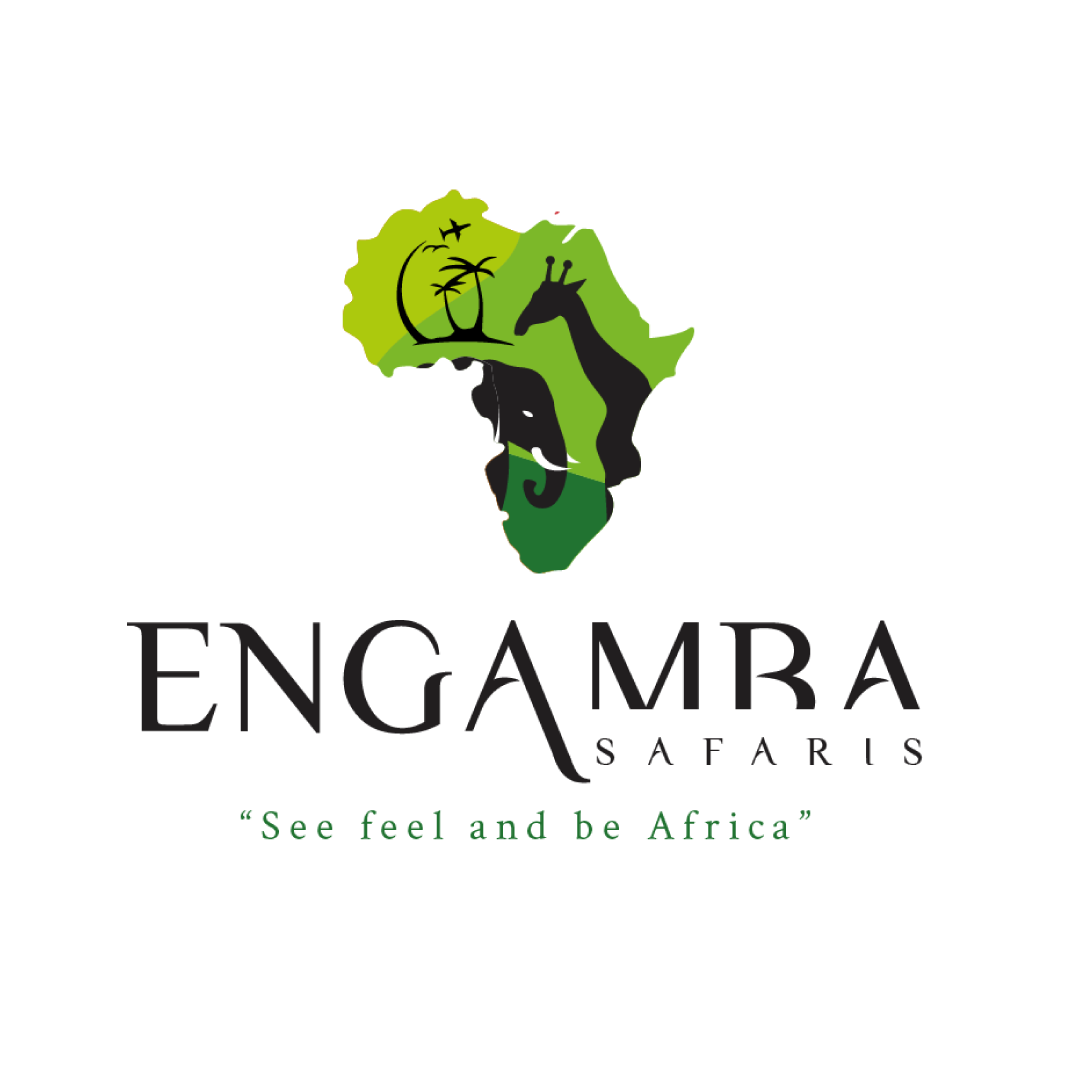

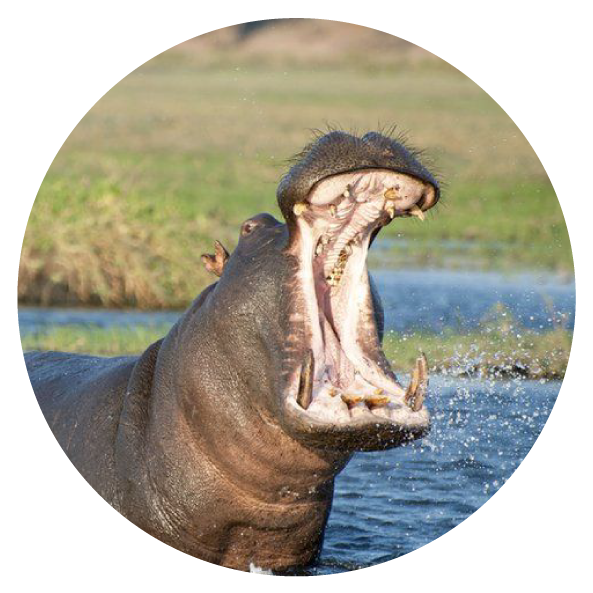
Hippo

Birds
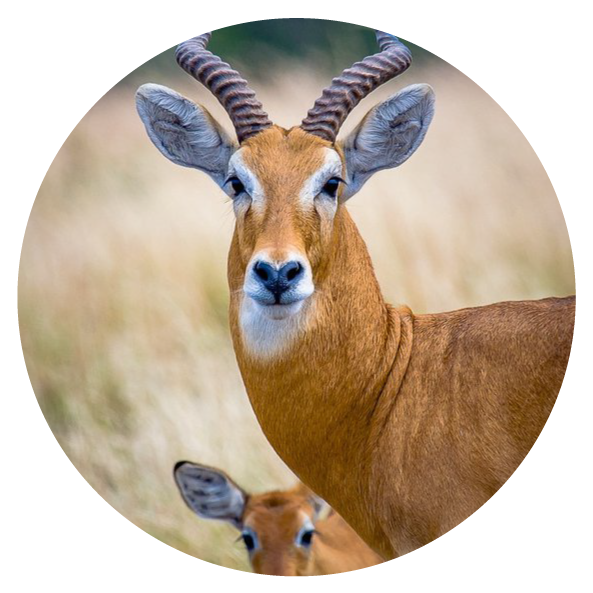
Uganda Kob
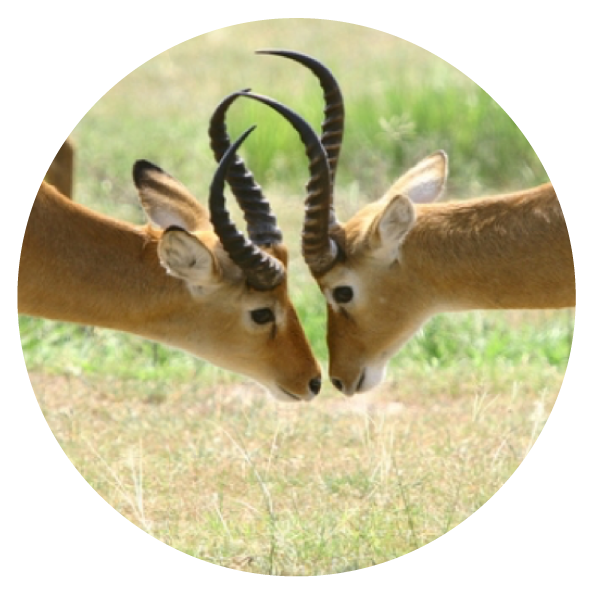
Impala
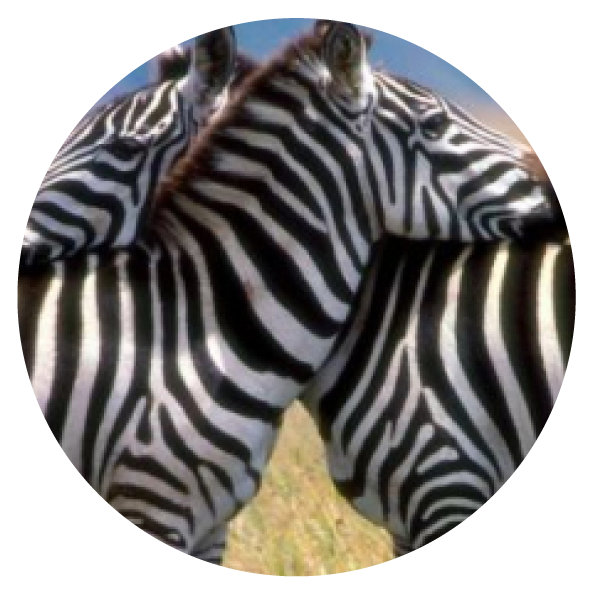
Zebra
Wetland habitats comprise 20% of the park’s surface
The parks’ precarious past has seen wildlife virtually eliminated several times: firstly, in various attempts to rid the region of tsetse flies, then to make way for ranches, and finally as a result of subsistence poaching.
20% of the park’s entrance fee is used to fund local community projects such as building clinics and schools.
Lake Mburo National Park is a compact gem, located conveniently close to the highway that connects Kampala to the parks of western Uganda. It is the smallest of Uganda’s savannah national parks and underlain by ancient Precambrian metamorphic rocks which date back more than 500 million years. It’s a home to 350 bird species as well as zebras, impalas, elands, buffalos, oribi, Defassa waterbuck, leopard, hippo, hyena, topi and reedbuck.
Together with 13 other lakes in the area, Lake Mburo forms part of a 50km-long wetland system linked by a swamp. Five of these lakes lie within the park’s borders. Once covered by open savanna, this supports the healthy population of Buffalos, Wathhog ,bushpig and hippopotamus. Lake Mburo National Park now contains much woodland as there are no elephants to tame the vegetation. In the western part of the park, the savanna is interspersed with rocky ridges and forested gorges while patches of papyrus swamp and narrow bands of lush riparian woodland line many lakes.
Lake Mburo is notably blessed with over 315 bird species and probably the best place to view acacia-associated birds, Rwonyo is a good zone to see the mosque swallow, blackbellied bustard,bare-faced-go away bird and Ruppell’s starling. A handful of birds is recorded essentially the southern ground hornbill and black throated barbet.

Nature walks in Lake Mburo National Park are unlike any other. Often accessible every day of the week, tourists are led by one of UWA’s expert ranger guides bringing them a lot closer to the wonders of the wild. A safari on foot presents a whole new perspective and appreciation of the wild. It is an opportunity to see the calmness of the wildlife away from the conventional safari jeep. Our most popular walks lead through the Eland track where you can expect to see large herds of eland and our healthy population of Giraffes and plenty of other wildlife. Other walks are towards the salt lick at Rwonyo , Rubanga forest, and along the shores of the lake. Nature walks begin between 6:30 am and 7:00 am and last about 2 hours or more depending on your interests.
.jpg)
Our finely-knit trail of game drive tracks is deliberately designed to immerse you in the wildest spots of this compact gem. During the game drives, you will be able to enjoy the park’s various landscapes and vegetation. Some of the wildlife to expect includes giraffes, zebras, impalas, klipspringers, buffalo, hyenas, mongooses, oribis, reedbucks, and more.
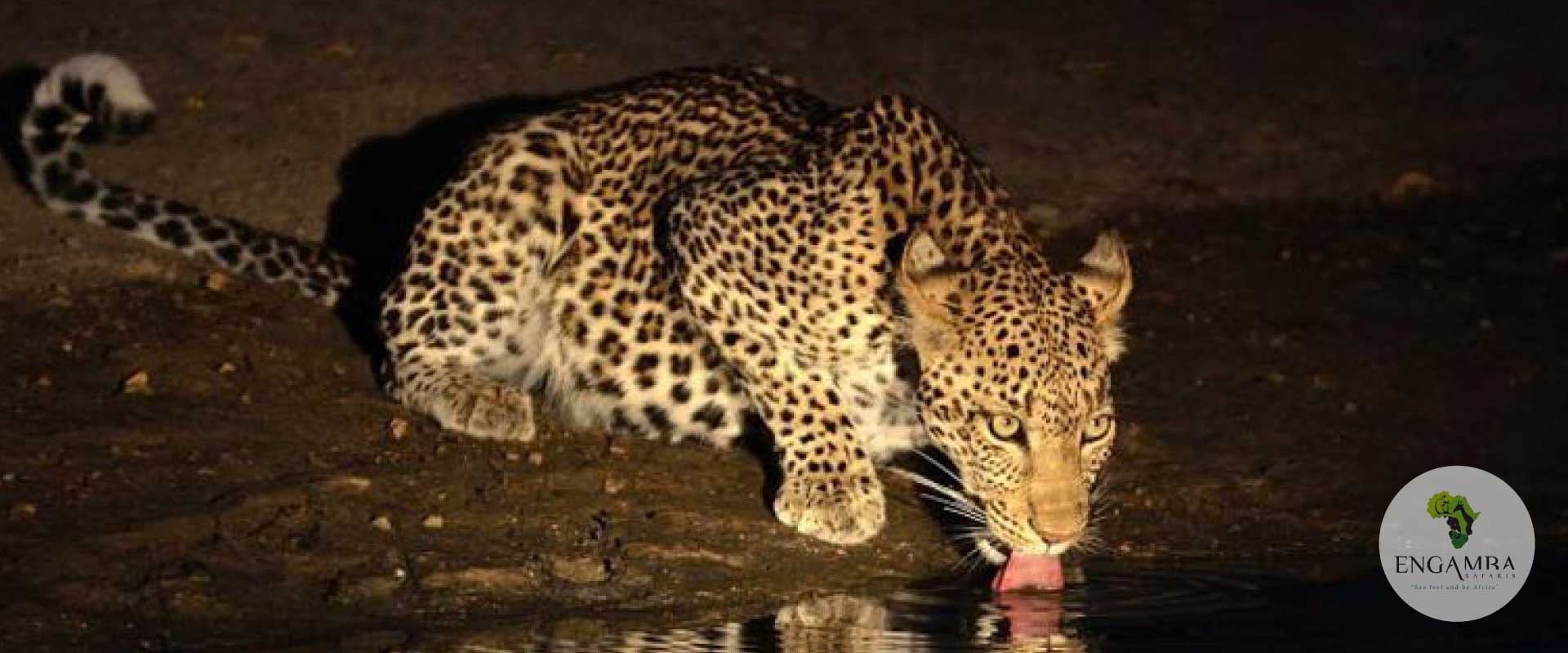
Lake Mburo National Park is one of the few national parks where we offer night game drives. From underneath the cover of the night come some of the park’s most sought-after wildlife. Accompanied by our ranger guides the game drives start at 7:00 pm and last up to 3 hours. Some of the wildlife to expect to see include nocturnal celebrities like the leopard as well as spotted hyenas, genets, bushbabies, porcupines, and more. Your ranger guide may use a spotlight to assist in identifying some of this sometimes hard-to-see wildlife.
.jpg)
We operate daily boat trip schedules on Lake Mburo, the waterbody after which the park is named. Launch trips depart every 2 hours and last up to 2 hours allowing guests to relax while viewing wildlife much closer than they would in a safari jeep. Some of the wildlife to expect includes hippos, crocodiles, as well as plenty of water birds like the African fish eagle, several types of kingfishers, and the only place to see the African finfoot.
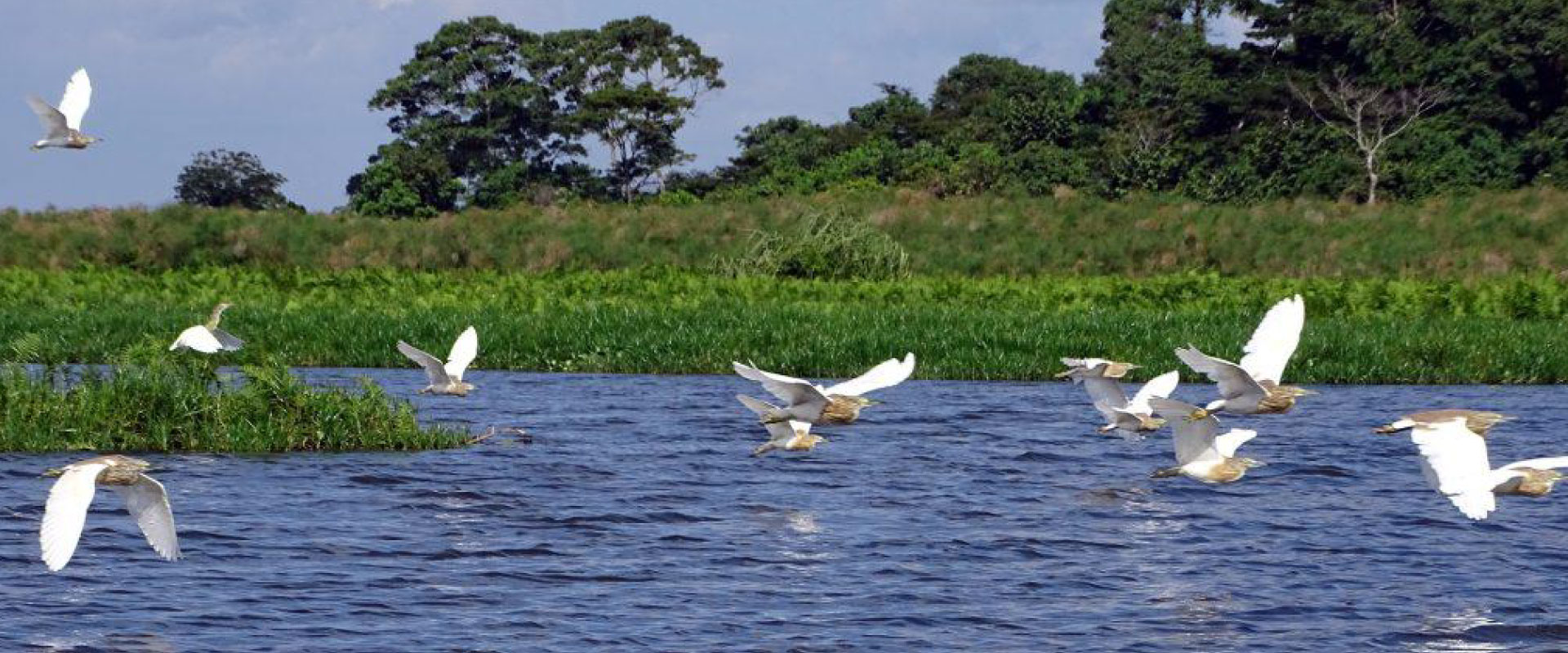
Lake Mburo National Park is a famous birding spot with over 350 bird species in this rather small protected area. Birding adventures can be enjoyed in the car, on a boat, or even more exciting on foot. Birds are not hard to find and some of the species that top the list include the White-winged Warbler, Papyrus gonolek, Red-faced Barbet, Abyssinian ground hornbill, Verreaux’s eagle, Saddle-billed stork, and the only place to spot the African finfoot.
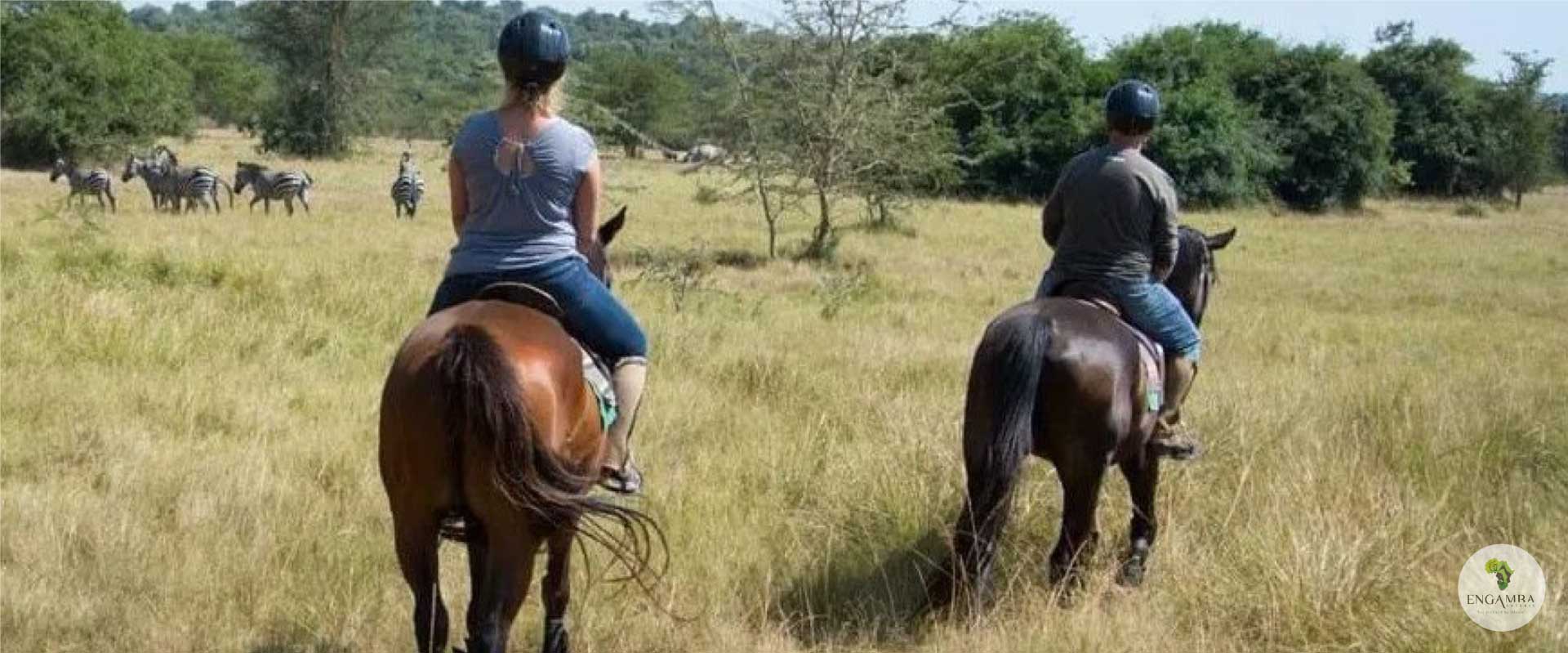
Offered by one of our concessionaires, horseback safaris in a national park are an incredible way to experience the African wilderness. Riding one of the well-trained horses close to herds of buffalo, zebras, antelopes and other wildlife is as unique as it sounds. Two guides will often accompany tourists.
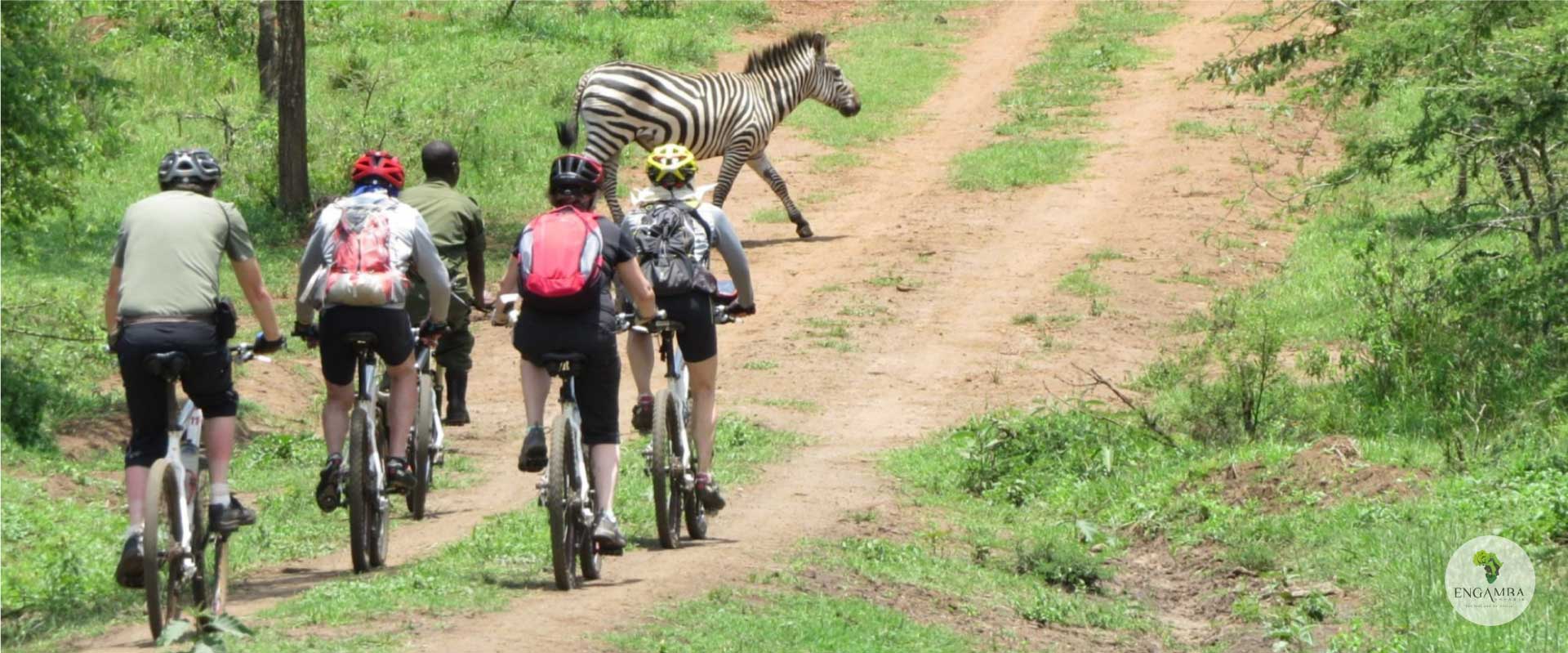
Cycling safaris are customized to the interests and abilities of various tourists. Trips can range from 1 hour to as long as you can ride although the cooler hours of the day, especially in the early mornings. Abundant wildlife is often found in flat valleys which not only makes visibility easier but cycling less strenuous. We assign a ranger guide to lead the escapade and to ensure the safety of the tourists.

The park’s five lakes offer excellent opportunities for fishing adventures. Tilapia is the most common fish species although anglers are likely to catch several other species. Tourists are advised to carry their own fishing equipment

Lake Mburo National Park is in the heart of the Ankole region. Because these human settlements have lived adjacent to the wildlife for several years, community and cultural tours are a fantastic addition to the contemporary wildlife safari. Tourists can partake in an Ankole farm experience for a walk in the life of the Banyankole including traditional hand milking of the famous Ankole long-horned cattle.
Nyabushozi County, Kiruhura District
370 km2
1,220m – 1,828m above sea level